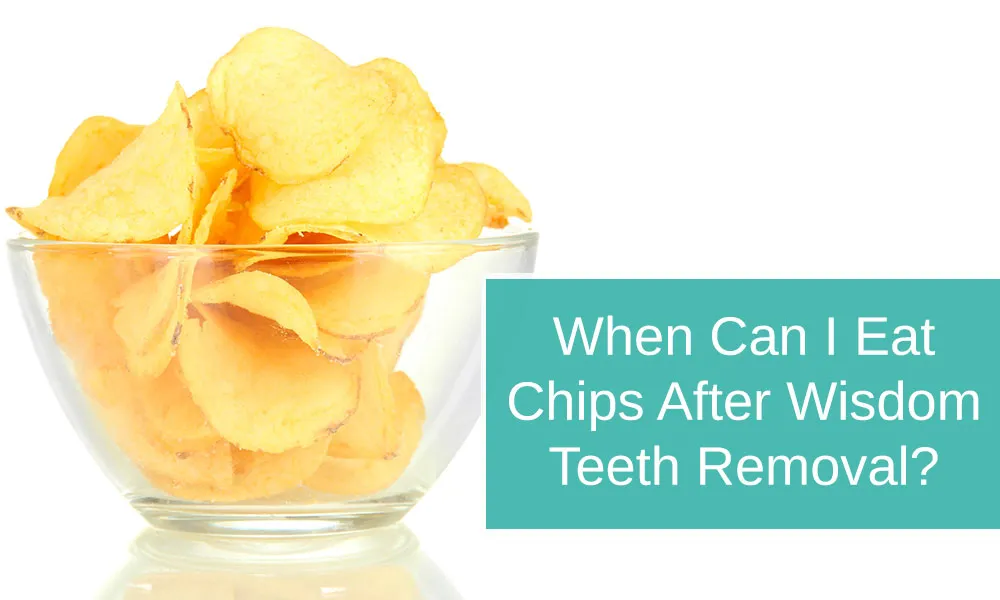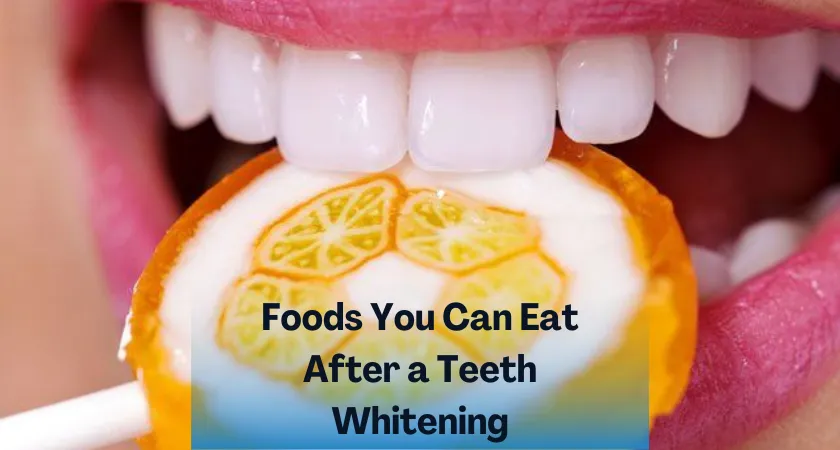What to Know About Chips and Teeth Whitening
Teeth whitening has become a popular cosmetic procedure, promising a brighter, more confident smile. But what many people don’t realize is that the foods they consume after the treatment can significantly impact the results. Among the culprits are chips, a common snack that can undo the effects of teeth whitening. Understanding the relationship between chips and teeth whitening is crucial for maintaining those pearly whites. This guide delves into why chips pose a threat, the science behind teeth whitening, and how to navigate your diet to keep your smile shining.
The Impact of Chips on Your Teeth
Chips, with their crunchy texture and often vibrant seasonings, present a challenge to the newly whitened enamel. They can act as a double threat. Firstly, the abrasive nature of chips can potentially scratch the surface of your teeth, making them more susceptible to staining. Secondly, the ingredients in chips, such as artificial colors, flavorings, and high fat content, can contribute to discoloration. This is especially true during the initial days and weeks following a whitening treatment when the enamel is more porous and vulnerable.
Why Chips Can Stain Your Teeth

The staining potential of chips stems from their composition and the state of your teeth post-whitening. Freshly whitened teeth have open pores in the enamel, making them highly absorbent. This means they readily absorb pigments from the food and drinks you consume. Chips often contain ingredients with intense colors, such as paprika, turmeric, and other spices, which can easily embed themselves in the enamel, leading to stains. Additionally, the oils and fats in chips can create a sticky surface, further trapping staining particles against your teeth.
The Ingredients in Chips That Cause Staining
Several ingredients commonly found in chips are known for their staining properties. Artificial colors, used to enhance the appearance of chips, are notorious for causing discoloration. Spices like paprika, turmeric, and chili powder contribute strong pigments that can easily stain teeth. Furthermore, high-fat content can make it easier for these pigments to adhere to the enamel surface. Even seemingly innocuous ingredients like salt can indirectly impact your teeth by potentially causing dehydration, which makes teeth more vulnerable to staining.
Understanding the Teeth Whitening Process
Teeth whitening treatments work by using bleaching agents, typically hydrogen peroxide or carbamide peroxide, to break down stain molecules within the enamel. This process makes the teeth appear whiter. However, the whitening process also affects the enamel’s structure, making it temporarily more porous. This increased porosity means that your teeth are more likely to absorb pigments from food and drinks, leading to staining if you’re not careful. The initial days and weeks after treatment are critical for maintaining your new, brighter smile.
How Teeth Whitening Works

The active ingredients in teeth whitening products penetrate the enamel and dentin to break down the stain molecules. This process doesn’t remove any tooth structure; rather, it alters the way light reflects off the teeth, making them appear whiter. Over-the-counter products typically contain lower concentrations of the bleaching agent than professional treatments, meaning they may take longer to achieve the desired results. Professional whitening performed by a dentist can provide more dramatic and faster results.
Types of Teeth Whitening Treatments
Teeth whitening treatments come in various forms, each with its own advantages and disadvantages. At-home options include whitening toothpaste, strips, and trays. These are generally more affordable but may yield less dramatic results compared to professional treatments. Professional teeth whitening, performed by a dentist, can involve in-office bleaching or custom-fitted trays for at-home use with stronger bleaching agents. The best option depends on your individual needs, the severity of the staining, and your budget.
Different Methods of Teeth Whitening
Methods of teeth whitening vary from at-home kits to in-office procedures. At-home methods usually involve using whitening strips or trays with a bleaching agent. The strips are applied to the teeth for a set amount of time each day. Trays are custom-fitted and used with a bleaching gel, often worn overnight or for a few hours during the day. In-office whitening is a more intensive treatment where a dentist applies a high-concentration bleaching agent to the teeth, often activated by a special light. This method provides the quickest and most noticeable results.
Timing is Crucial [After Teeth Whitening]

The timeframe following your teeth whitening treatment is crucial. During this period, the enamel is more vulnerable to staining. It’s generally recommended to adhere to a strict white diet for the first 24 to 48 hours, and then gradually reintroduce foods while being mindful of their staining potential. The exact duration of this period can vary depending on the whitening method used and your dentist’s recommendations. Be sure to follow your dentist’s advice to maximize the longevity of your results and avoid any setbacks.
How Long to Wait Before Eating Chips
As a general rule, it’s best to avoid chips for at least the first week after teeth whitening. However, this can vary based on the type of whitening you had and your dentist’s recommendations. In the initial days, a strict white diet is essential. After the first week, you can gradually reintroduce chips, but it’s still advisable to exercise caution. Choose chips that have fewer artificial colors and spices, and consider rinsing your mouth with water after eating them to minimize any potential staining. Always check with your dentist for personalized advice.
Foods to Avoid After Teeth Whitening
In addition to chips, several other foods and beverages should be avoided or consumed with caution after teeth whitening. These include coffee, tea, red wine, dark-colored sodas, berries, soy sauce, and tomato-based sauces. The pigments in these items can easily stain your newly whitened teeth. Acidic foods, such as citrus fruits, should also be limited as they can weaken the enamel, making it more susceptible to staining. It’s wise to stick to a white diet, which includes foods like plain chicken, white fish, rice, pasta, and dairy products for the initial period.
Alternatives to Chips After Whitening

Fortunately, there are several alternatives to chips that you can enjoy without jeopardizing your white smile. Consider snacking on plain popcorn, which is less likely to cause staining. Other good options include rice cakes, plain crackers, or even air-popped potato chips with minimal seasoning. Vegetables like celery, cucumber, and cauliflower are also great choices. Always remember to rinse your mouth with water after eating to remove any lingering food particles and minimize the risk of staining.
Maintaining Your White Smile After Whitening
Maintaining your white smile after teeth whitening requires ongoing care and attention. Regular dental checkups and cleanings are essential to remove surface stains and maintain the brightness of your teeth. Using a whitening toothpaste can help to remove surface stains and keep your teeth looking their best. Avoiding or limiting staining foods and beverages is crucial. Consider using a straw when drinking beverages like coffee or tea to minimize contact with your teeth. Furthermore, at-home touch-up treatments, such as whitening strips, can help to maintain your results.
Oral Hygiene Tips to Prevent Staining
Proper oral hygiene is your first line of defense against staining. Brush your teeth twice a day with a soft-bristled toothbrush and fluoride toothpaste. Floss daily to remove plaque and food particles from between your teeth. Consider using an alcohol-free mouthwash to further reduce bacteria and remove any lingering particles that could cause staining. Rinsing your mouth with water after consuming staining foods and beverages is also a simple yet effective practice. Consistent oral hygiene helps to keep your teeth clean and prevent stains.
Regular Checkups and Professional Cleanings

Regular dental checkups and professional cleanings are indispensable for maintaining a bright, healthy smile. Your dentist can identify and address any potential issues, such as cavities or gum disease, that could affect your oral health. Professional cleanings remove plaque and tartar buildup, which can lead to stains and discoloration. During your checkups, your dentist can also evaluate your teeth whitening results and offer personalized advice to help you maintain your bright smile. Schedule regular visits to your dentist for optimal oral health.
In conclusion, understanding the impact of chips and other foods on your newly whitened teeth is essential for maintaining a beautiful smile. By following a white diet, practicing good oral hygiene, and scheduling regular dental checkups, you can enjoy the benefits of teeth whitening for years to come. While chips may be tempting, the temporary sacrifice is well worth the long-term reward of a bright and confident smile. Always consult with your dentist for personalized advice on how to best care for your teeth after whitening.
